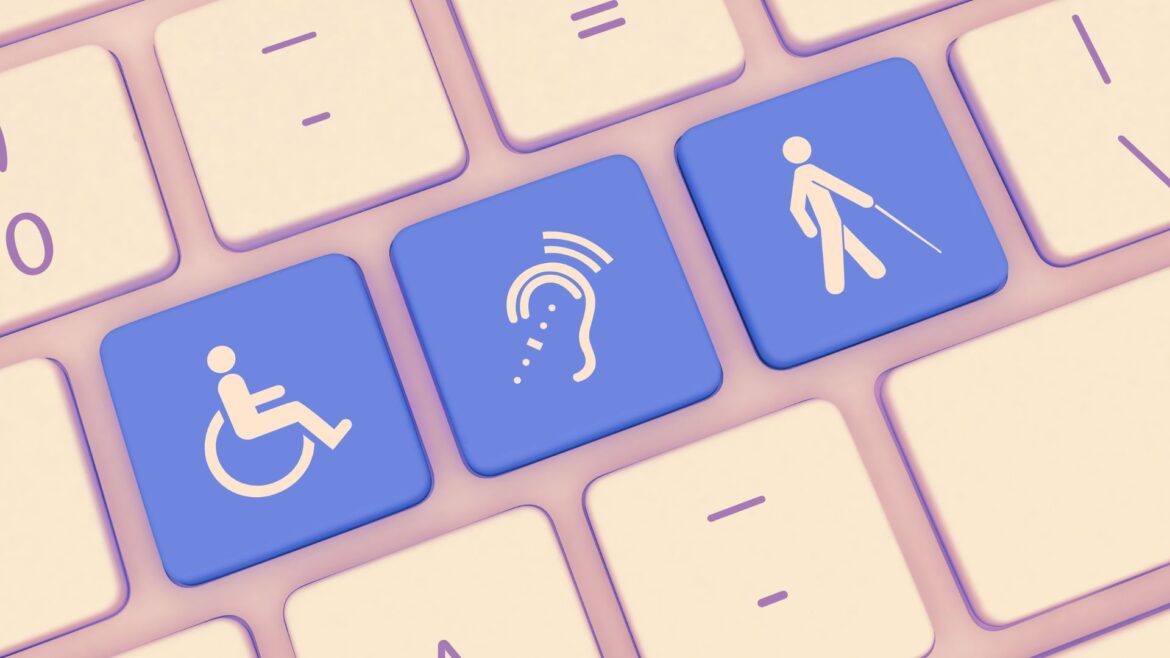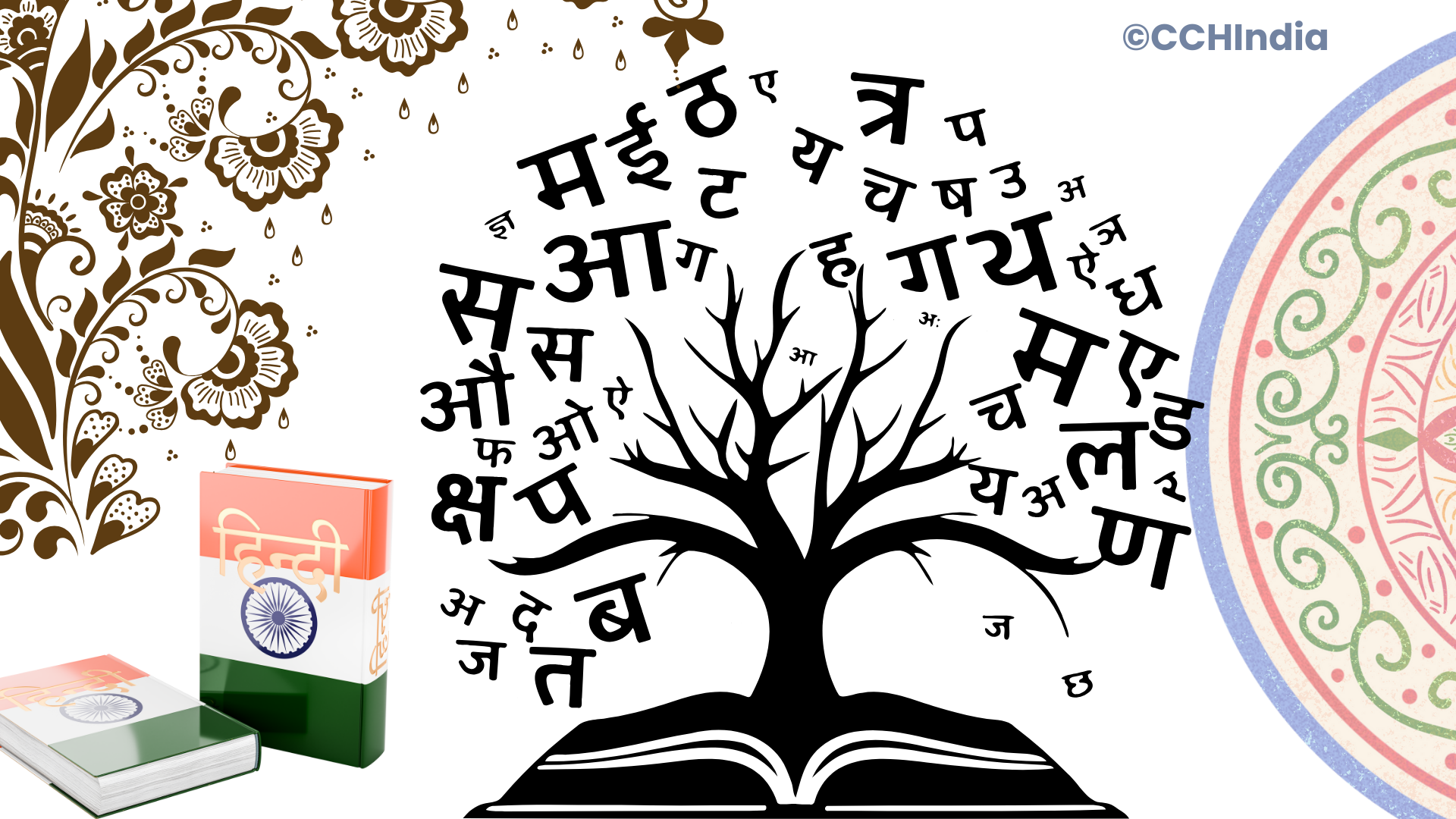1. Large and Diverse Population with Disabilities: India has a significant population of people with disabilities & special needs, estimated to be over 27 million. This includes individuals with visual, auditory, physical, cognitive, and other disabilities who require accessible digital content to participate fully in society. Web accessibility ensures that all segments of society, have equal access to information and services online.
2. Digital Transformation: India is undergoing a rapid digital transformation, with increasing internet penetration, smartphone adoption, and reliance on digital platforms for various activities such as education, healthcare, banking, government services, and commerce. Web accessibility ensures that people with disabilities can benefit from these digital advancements and participate in the digital economy.
3. Legal Mandates: India has laws and regulations that mandate accessibility in certain sectors, such as the Rights of Persons with Disabilities Act (RPWD Act) and the Guidelines for Indian Government Websites (GIGW). Compliance with these laws is essential to ensure that government websites, public services, and other digital platforms are accessible to people with disabilities.
4. Inclusive Education: Web accessibility is crucial for inclusive education, allowing students with disabilities to access online learning materials, educational resources, and e-learning platforms. It enables equal participation in education and skill development initiatives, contributing to the empowerment and socio-economic inclusion of individuals with disabilities.
5. Employment Opportunities: Accessible digital platforms play a vital role in creating employment opportunities for people with disabilities, enabling them to search for jobs, apply online, access training and skill development programs, and participate in remote work opportunities. Web accessibility promotes inclusivity in the workforce and reduces barriers to employment for individuals with disabilities.
6. Social Inclusion and Participation: Web accessibility enhances social inclusion and participation by enabling people with disabilities to access social media, online communities, entertainment, news, and other digital content. It fosters connections, communication, and engagement among individuals with disabilities and the broader society, promoting diversity and inclusion.
Overall, web accessibility is essential in India to ensure that people with disabilities have equal opportunities, rights, and access to digital resources, services, and opportunities, contributing to a more inclusive and equitable society. It aligns with India’s commitment to diversity, inclusion, and social justice in the digital age.






